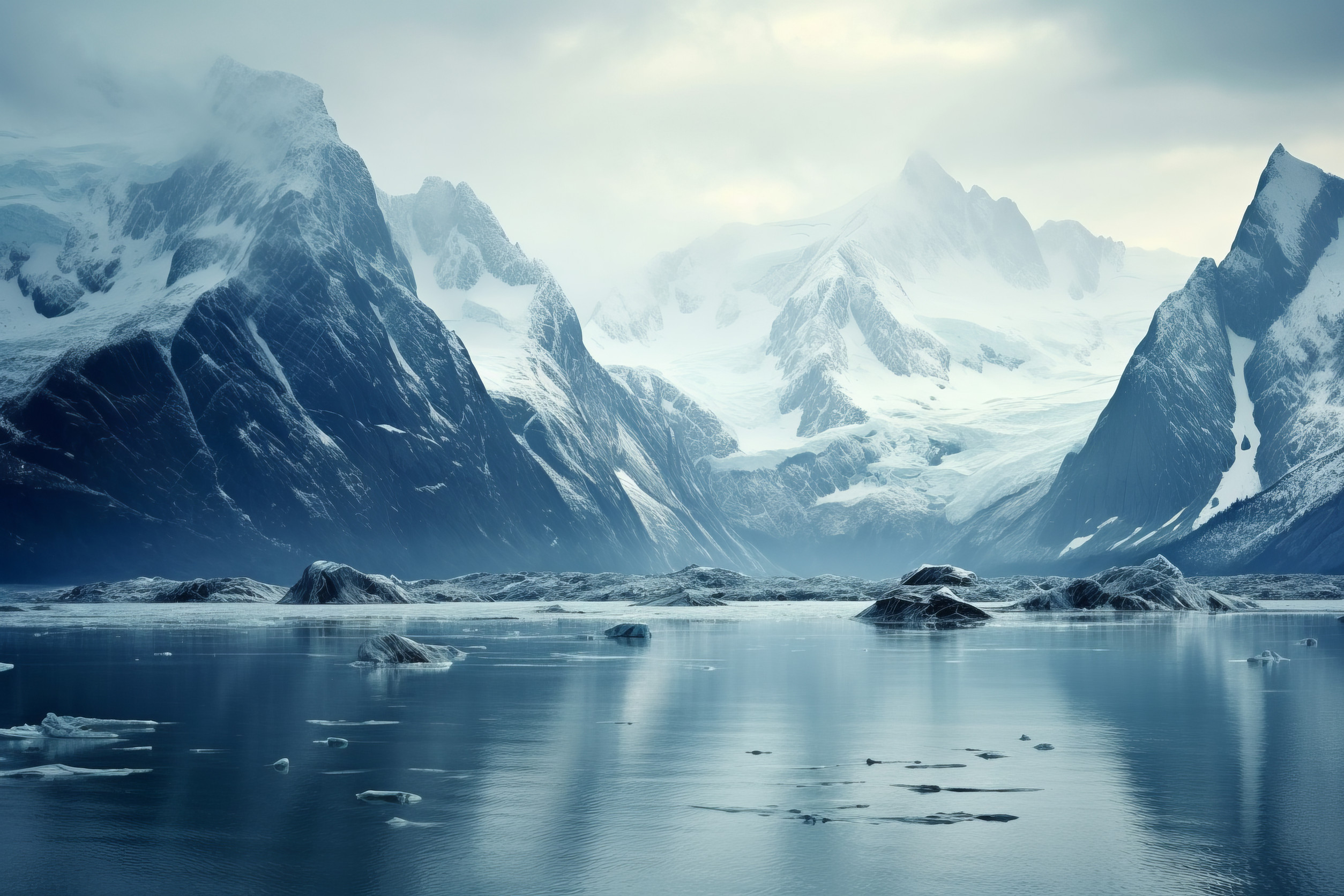
Imagine living in a place where the sun disappears for over two months. In some of Alaska’s northernmost towns, this isn’t just a dramatic idea, it’s reality. During the long polar night, residents face extreme cold, total darkness, and unique challenges that most of us can’t imagine. But life doesn’t stop, it adapts. Here are six wild facts about Alaska’s darkest towns.
1. 65 Days of Darkness Isn’t Total Blackout
Even though the sun doesn’t rise above the horizon for over two months, it’s not pitch black all the time. For a few hours each day, there’s a period of civil twilight. Civil twilight is the period after sunset and before sunrise when the sun is below the horizon, but its geometric center is no more than 6 degrees below the horizon, according to the National Weather Service. During this dim light, it’s just bright enough to see without artificial light. This is when most Alaskans do their daily activities.
2. Mental Health Is Seriously Impacted
Extended darkness can take a toll. Residents often experience Seasonal Affective Disorder (SAD), a form of depression caused by a lack of sunlight. This happens because your circadian rhythm changes, and serotonin and melatonin levels drop. Many people use light therapy lamps and vitamin D supplements to cope.
3. Wildlife Encounters Get Riskier
Polar bears and other animals may venture closer to town during the long night. With reduced visibility, polar bear patrols are often deployed to help keep residents safe from surprise encounters. Polar bears normally only attack if they are hungry or feel threatened. However, climate change is impacting their habitats and food sources, making polar bears more vulnerable.
4. Daily Life Keeps Moving
Despite the darkness, schools stay open, people go to work, and life goes on. Kids even go outside for recess, in full winter gear, in temperatures below -20°F. Sometimes children go outside under floodlights if needed. While this lifestyle isn’t for everyone, Alaskans are used to it.
5. Traditional Foods Become Lifelines
With limited access to fresh produce in winter, many residents rely on subsistence hunting and traditional foods like seal, whale, and caribou. Staples like fried bread have also become essential pantry-friendly dishes. These foods provide vital nutrients and connect people to their heritage. These traditional meals aren’t just about survival; they’re a way of life passed down through generations. In many Arctic communities, sharing and preparing these foods strengthens family bonds and cultural identity.
6. They Celebrate the Darkness and Its Return
Communities hold festivals and events during the polar night. But one of the biggest celebrations happens at sunrise, when the sun finally returns after its 65-day absence. Locals often gather outdoors to cheer the sun’s first rays. The return of sunlight is more than just a natural event—it’s a deeply emotional and spiritual moment. For many, it symbolizes hope, renewal, and the resilience of life in the Arctic.
Celebrating Darkness in Alaska’s Darkest Towns
Life in Alaska’s darkest towns is unlike anywhere else in the world. From surviving months without sunlight to embracing centuries-old traditions, residents show remarkable strength, adaptability, and community spirit. These wild facts offer a glimpse into how people not only endure the darkness—but find ways to celebrate it.
Read More
8 Lies About Your Credit Report You Need to Stop Believing
How to Afford Home Upgrades on a Tight Budget: Real Numbers You Can Work With

Teri Monroe started her career in communications working for local government and nonprofits. Today, she is a freelance finance and lifestyle writer and small business owner. In her spare time, she loves golfing with her husband, taking her dog Milo on long walks, and playing pickleball with friends.

Leave a Reply